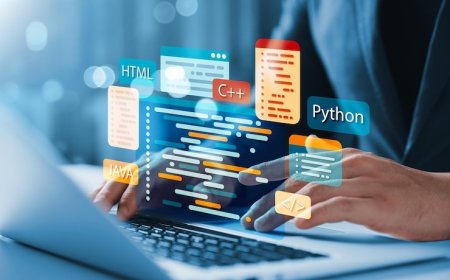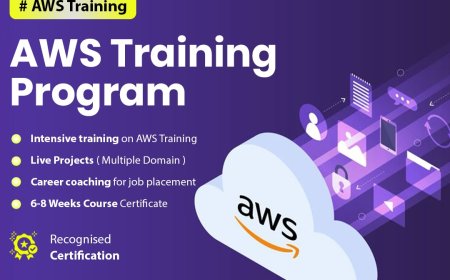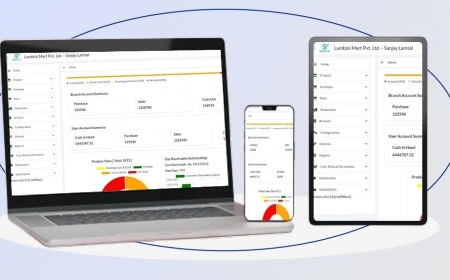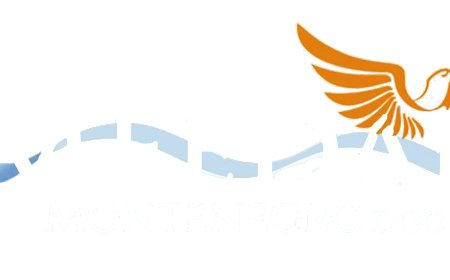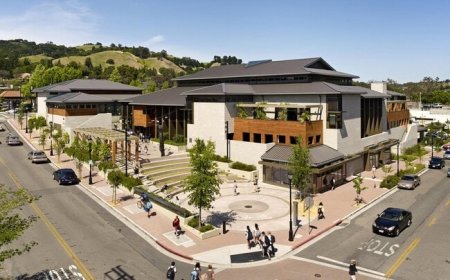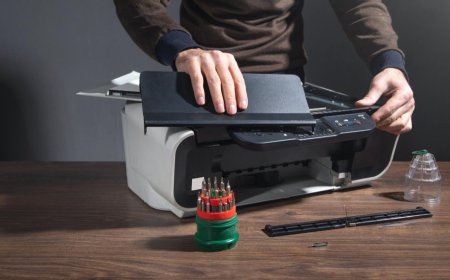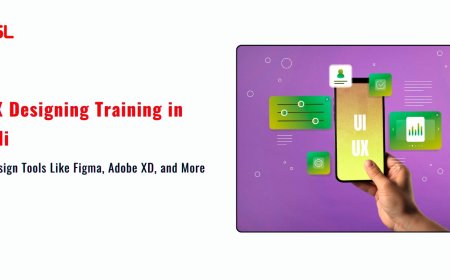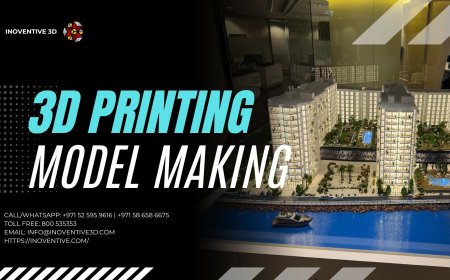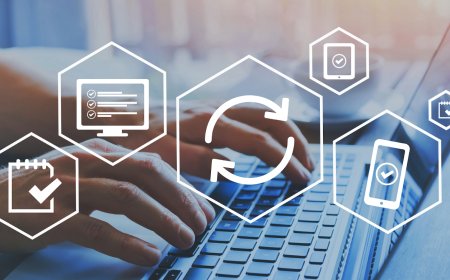Understanding the VAX Processor Architecture in the Era of Virtualization
Replace aging VAX processor hardware cost-effectively. Discover how VAX virtualization using a legacy VAX emulator preserves critical apps on modern infrastructure.

VAX servers have reached end-of-life, yet many businesses still rely on them to run VMS (now OpenVMS) operating system. From manufacturing facilities to financial institutions, utilities, and research labs, these applications remain critical to daily operations. They are stable, deeply integrated into business processes, and replacing them is not just an IT challengeits a significant and often costly business transformation.
However, the physical VAX hardware is reaching the end of its lifecycle. Spare parts are nearly impossible to source, and the pool of engineers with expertise in maintaining these systems is shrinking. Rising costs, potential outages, and security vulnerabilities make continuing with this aging hardware increasingly unsustainable. For organizations dependent on VAX systems, the solution isnt necessarily a full replacementits VAX virtualization.
What VAX Virtualization Entails
VAX virtualization doesnt mean simply running VMS on a standard virtualization platform like VMware or Hyper-V. That approach wont work. Instead, it involves using advanced legacy VAX emulator software. These emulators replicate the entire VAX hardware environment in software, including CPU behavior, memory management, and I/O subsystems. Solutions like Stromasyss CHARON-VAX are leading the way in enabling businesses to virtualize their VAX systems effectively.
Why Businesses Are Adopting VAX Virtualization
VAX virtualization offers a practical and reliable alternative to maintaining aging hardware. Heres why its gaining traction:
- Modern Hardware Compatibility: Emulators run on standard x86-64 servers, whether on-premises (Windows or Linux) or in the cloud (AWS, Azure). This eliminates the need for rare and expensive hardware components while reducing the risk of hardware failure.
- Seamless Application Execution: Legacy VAX emulator execute original, unmodified VAX/VMS binaries. This ensures that critical applications continue to run exactly as they did on the original hardware, without the need for risky rewrites or data conversions.
- Improved Performance: Modern servers provide significantly more processing power than the original VAX hardware. Emulators can leverage this, often resulting in better performance for legacy workloads. Scaling resources like CPU, RAM, and storage is straightforward.
- Integration with Modern Systems: Virtualized VAX environments integrate seamlessly into todays IT infrastructure:
- Storage: Use fast, reliable SAN or NAS storage instead of outdated proprietary disks.
- Networking and Security: Leverage modern network infrastructure and security tools.
- Backup and Disaster Recovery: Connect to enterprise-grade backup and recovery solutions.
- Cloud Flexibility: Run emulated VAX instances in private or public cloud environments for added resilience and flexibility.
- Cost Savings: Virtualization reduces power and cooling costs, eliminates expensive hardware maintenance contracts, and minimizes physical data center space requirements.
- Risk Mitigation: By moving away from aging hardware, businesses avoid the risk of catastrophic hardware failures that could disrupt critical operations.
Strategic Advantages of VAX Virtualization
Beyond maintaining operations, VAX virtualization unlocks new opportunities for businesses:
Controlled Migration: Virtualization provides a stable platform for gradually modernizing or replacing components, reducing the risks associated with large-scale migrations.
Hybrid Integration: Legacy VAX applications can integrate with modern systems, enabling process automation and seamless data flow.
Cloud Enablement: Hosting virtualized VAX environments in the cloud enhances disaster recovery, geographic resilience, and operational flexibility.
Knowledge Transfer: Virtualization simplifies the process of passing on expertise from experienced VAX specialists to younger IT staff familiar with modern platforms.
The Business Case for VAX Virtualization
While the physical VAX processor may be outdated, the value of the applications running on it remains critical for many organizations. VAX virtualization, powered by advanced emulator technology, offers a practical and secure way forward. It ensures uninterrupted operations, reduces risks, and integrates legacy systems into a modern, efficient IT framework.
For IT leaders managing aging VAX hardware, emulation provides a proven, cost-effective solution. It transforms an unsustainable situation into a manageable transition, offering the stability needed to make informed decisions about the future of these essential applications. By leveraging the robust and flexible architecture of modern virtualization, businesses can preserve the functionality of their legacy systems while planning for the next phase of their IT strategy.

